Home>Garden Essentials>What Turf Grass Zone Does Idaho Live In


Garden Essentials
What Turf Grass Zone Does Idaho Live In
Modified: October 28, 2024
Find out which turf grass zone Idaho falls into for your garden. Discover the ideal grass varieties to thrive in Idaho's climate.
(Many of the links in this article redirect to a specific reviewed product. Your purchase of these products through affiliate links helps to generate commission for Storables.com, at no extra cost. Learn more)
Introduction
Gardening enthusiasts in Idaho understand the importance of selecting the right turfgrass for their lawns. With its diverse climate and geographical regions, Idaho experiences varying conditions that influence the health and growth of different grass species. To make informed decisions about turfgrass selection, it is crucial to understand the turfgrass zones in Idaho and consider factors such as climate, soil type, and maintenance requirements.
Idaho is located in the northwestern region of the United States and encompasses an array of landscapes, from the majestic mountains of the Rocky Mountain range to the vast plains and plateaus. This geographical diversity translates into variations in climate, precipitation levels, and temperature ranges across the state. As a result, different turfgrass species thrive in specific zones, ensuring a lush and vibrant lawn that can withstand the challenges of Idaho’s climate.
By understanding the different turfgrass zones and their unique characteristics, homeowners can choose the most suitable grass varieties to create the ideal lawn for their Idaho property. Let’s explore the turfgrass zones in Idaho and discover the best options for each zone.
Key Takeaways:
- Choose the right turfgrass for your Idaho lawn based on your region’s climate and conditions to ensure a healthy and vibrant lawn that can withstand the challenges of Idaho’s diverse environment.
- Regular maintenance, including proper watering, mowing, fertilization, and weed control, is essential for the health and longevity of your turfgrass, regardless of your zone. Consulting with local experts can provide valuable guidance for your specific lawn.
Read more: What Does Astro Turf Mean
Idaho’s Climate and Turfgrass Zones
Idaho experiences a diverse climate due to its varying elevations and geographic features. Generally, the state can be divided into three primary turfgrass zones: Northern Idaho, Central Idaho, and Southern Idaho. Each zone has distinct climate characteristics that influence the types of turfgrass that thrive in those areas.
1. Northern Idaho: Northern Idaho is characterized by its cooler temperatures and higher precipitation levels compared to other parts of the state. The region receives ample rainfall throughout the year, making it suitable for grass varieties that can flourish in slightly wetter conditions. Cool-season grasses, such as Kentucky bluegrass and fine fescue, are well-suited for this zone. These grasses have excellent cold tolerance and can maintain their color even during the cooler months.
2. Central Idaho: Central Idaho features a more mountainous terrain and experiences a semi-arid to arid climate. The region has harsher winters and drier summers compared to Northern Idaho. Grass varieties that thrive in this zone are those that can tolerate drought, colder temperatures, and rocky soil. One popular turfgrass option for Central Idaho is tall fescue. Its deep root system allows it to withstand drought conditions and grow in rocky or sandy soils.
3. Southern Idaho: Southern Idaho has a more arid and desert-like climate with hot summers and cold winters. The region receives limited rainfall, making water conservation a priority for homeowners. Grass varieties that are drought-tolerant and can withstand high temperatures are ideal for this zone. Common turfgrass options for Southern Idaho include warm-season grasses such as Bermuda grass and buffalo grass. These grasses have deep roots and can efficiently use water, making them suitable for the arid conditions of the region.
Understanding Idaho’s climate and turfgrass zones is essential for selecting the right type of grass for your lawn. By choosing grass varieties that are well-suited for your specific zone, you can ensure a healthier, more resilient lawn that can thrive in its environment.
Zone 1: Northern Idaho
Northern Idaho, with its cooler temperatures and higher precipitation levels, provides a unique environment for turfgrass growth. The grass varieties that thrive in this zone are well-adapted to the slightly wetter conditions and can tolerate the colder temperatures that this region experiences.
Kentucky Bluegrass: Kentucky bluegrass is a popular choice for lawns in Northern Idaho due to its ability to withstand cold temperatures and maintain its color throughout the year. It forms a dense, lush turf and has a beautiful dark green color. Kentucky bluegrass requires consistent watering and regular maintenance to keep it healthy and thriving.
Fine Fescue: Fine fescue is another excellent option for Northern Idaho. It includes various species such as chewings fescue, creeping red fescue, and hard fescue. Fine fescue has excellent shade tolerance and can withstand colder temperatures. It requires less water than Kentucky bluegrass and grows well in sandy or loamy soils commonly found in this zone.
Both Kentucky bluegrass and fine fescue benefit from overseeding in the fall to maintain a thick and healthy turf. Regular mowing, fertilization, and appropriate irrigation practices are essential to ensure the longevity and health of the grass in Northern Idaho.
In addition to the specific grass varieties, Northern Idaho lawns may also benefit from shade-tolerant mixtures that combine different types of cool-season grasses. These mixtures provide better coverage in areas with tree cover or shaded spots in the yard.
When considering turfgrass options for Northern Idaho, it’s crucial to keep in mind the region’s unique climate and the maintenance requirements of each grass variety. Consulting with local experts or a professional landscaper can help homeowners make informed decisions about the best turfgrass for their Northern Idaho lawns.
Zone 2: Central Idaho
Central Idaho, with its mountainous terrain and semi-arid to arid climate, poses unique challenges for maintaining a healthy and vibrant lawn. The grass varieties that thrive in this zone are those that can tolerate drought, colder temperatures, and rocky or sandy soils.
Tall Fescue: Tall fescue is an excellent turfgrass option for Central Idaho. It has deep roots that allow it to withstand drought conditions and establish well in rocky or sandy soils. Tall fescue is known for its adaptability and ability to maintain its green color even during periods of low water availability. It has a coarser texture compared to other grass varieties, making it more tolerant of foot traffic and wear.
Buffalograss: Buffalograss is another suitable turfgrass for Central Idaho. It is a warm-season grass that can tolerate the region’s hot summers and cold winters. Buffalograss is drought-tolerant and has a low water requirement, making it an ideal choice for areas with limited or no irrigation. It forms a dense turf with a fine texture and requires less mowing and maintenance compared to other grass varieties.
In Central Idaho, it is beneficial to choose grass varieties that require minimal water and maintenance. Proper soil preparation, including amending the soil with organic matter, can help improve water retention and the overall health of the grass. As with any turfgrass, regular mowing, fertilization, and maintenance practices are necessary to keep the lawn looking its best.
It’s important to note that Central Idaho’s unique climate and soil conditions may require additional care and considerations when selecting and maintaining turfgrass. Consulting with local experts or a professional landscaper familiar with the area can provide valuable insights and guidance for homeowners in Central Idaho.
Zone 3: Southern Idaho
Southern Idaho, with its arid and desert-like climate, presents its own set of challenges when it comes to selecting the right turfgrass for lawns. The grass varieties that thrive in this zone are those that are drought-tolerant, can withstand high temperatures, and have efficient water usage.
Bermuda Grass: Bermuda grass is a warm-season grass that is well-suited for Southern Idaho’s hot summers and mild winters. It has excellent heat tolerance and can withstand the region’s arid conditions. Bermuda grass is highly drought-resistant and thrives in full sun exposure. It has a fast growth rate and recovers quickly from wear and tear, making it suitable for high-traffic areas. Regular mowing and fertilization are necessary to maintain the desired height and appearance of Bermuda grass.
Buffalo Grass: Buffalo grass is another suitable turfgrass option for Southern Idaho. It is a low-maintenance warm-season grass that can tolerate the region’s dry and hot conditions. Buffalo grass has deep roots that allow it to access water efficiently, even in drought conditions. It has excellent heat and drought tolerance, requires less water than other grass varieties, and can withstand lower mowing heights. It forms a dense and fine-textured turf that is resistant to disease and pests.
In Southern Idaho, water conservation is a top priority. To promote water efficiency, homeowners can consider incorporating mulch or a suitable ground cover in non-essential areas, reducing the size of the lawn, and implementing efficient irrigation practices such as using drip systems or watering during cooler periods of the day.
When selecting turfgrass for Southern Idaho, it’s essential to consider the specific requirements and challenges of the region’s climate. Consulting with local experts or a professional landscaper can provide valuable guidance and ensure the right choice of turfgrass for a thriving lawn in Southern Idaho.
Idaho is located in the cool-season turf grass zone, which means grasses like Kentucky bluegrass, fine fescue, and perennial ryegrass are best suited for its climate. These grasses thrive in cooler temperatures and are well adapted to Idaho’s weather conditions.
Read more: What Does Potassium Do For Turf Grass
Best Turfgrass Options for Each Zone
When it comes to selecting the best turfgrass for your Idaho lawn, considering the specific zone you are in is crucial. By choosing grass varieties that are well-suited to your zone’s climate and conditions, you can ensure a healthier and more resilient lawn. Here are the best turfgrass options for each zone in Idaho:
Zone 1: Northern Idaho:
- Kentucky Bluegrass: Well-adapted to cooler temperatures and higher precipitation levels in Northern Idaho, Kentucky bluegrass forms a dense and lush turf.
- Fine Fescue: With excellent shade tolerance and the ability to withstand colder temperatures, fine fescue is a great choice for the region.
Zone 2: Central Idaho:
- Tall Fescue: Known for its deep root system and adaptability, tall fescue is ideal for Central Idaho’s semi-arid to arid climate and rocky or sandy soils.
- Buffalograss: With its drought-tolerant nature and low maintenance requirements, buffalograss is a suitable warm-season turfgrass option for Central Idaho.
Zone 3: Southern Idaho:
- Bermuda Grass: Well-suited for Southern Idaho’s arid and desert-like climate, Bermuda grass has excellent heat tolerance and thrives in full sun exposure.
- Buffalo Grass: With its deep roots and low water requirement, buffalo grass is a great choice for Southern Idaho’s hot and dry conditions.
It’s important to note that these are general recommendations, and factors such as microclimates, soil type, and personal preferences should also be considered when selecting the best turfgrass for your specific lawn. Consulting with local experts or professional landscapers can provide valuable insights and guidance tailored to your zone and lawn conditions.
Remember that regular maintenance practices, such as proper watering, mowing, and fertilization, are essential for the health and longevity of any turfgrass, regardless of the zone. By selecting the right turfgrass for your zone and implementing proper maintenance practices, you can enjoy a lush and thriving lawn in your Idaho property.
Factors to Consider for Turfgrass Selection
When it comes to selecting the right turfgrass for your lawn, several factors should be taken into consideration. By considering these factors, you can make an informed decision that will result in a healthy and vibrant lawn that suits your specific needs. Here are some essential factors to consider for turfgrass selection:
Climate: The climate of your region is one of the most critical factors to consider. Different turfgrass varieties have varying tolerance to heat, cold, and water requirements. Consider the average temperatures, rainfall levels, and extreme weather conditions in your area to choose a turfgrass that can thrive in your climate.
Soil Type: The type of soil in your lawn plays a significant role in turfgrass selection. Some grasses prefer sandy soil, while others thrive in clay or loamy soil. Understanding your soil type and selecting a grass variety that is well-suited to it can improve the overall health and growth of your lawn.
Sunlight Exposure: The amount of sunlight your lawn receives is another crucial factor. Some grass varieties thrive in full sun, while others are more shade-tolerant. Consider the sunlight exposure in your yard and choose a turfgrass that is suited to the light conditions of your lawn.
Water Requirements: Water availability and conservation are important considerations. Some grass varieties require more water, while others are drought-tolerant and have lower water requirements. Choosing a turfgrass that matches your water availability and conservation goals can minimize water usage and maintenance efforts.
Usage and Foot Traffic: Consider how your lawn will be used. If you have children or pets who will be playing on the lawn frequently, you’ll need a turfgrass variety that can withstand heavy foot traffic. Grasses with better wear tolerance are more suitable for areas with high usage.
Maintenance Requirements: Different turfgrass varieties have different maintenance needs. Some grasses require more frequent mowing, fertilization, and weed control, while others are low-maintenance options. Consider your time, resources, and willingness to invest in lawn care to choose a turfgrass that aligns with your maintenance capabilities.
Aesthetics: Lastly, consider the aesthetic appeal of the turfgrass you choose. Different grass varieties have varying shades of green, textures, and growth habits. Selecting a grass that meets your visual preferences and desired look for your lawn can enhance the overall beauty of your property.
By considering these factors and weighing their importance to your specific lawn, you can select a turfgrass variety that is well-suited to your needs and ensures a thriving and visually pleasing lawn. Consulting with local experts or professional landscapers can provide valuable insights and guidance tailored to your specific location and lawn conditions.
Maintenance Tips for Turfgrass
Maintaining a healthy and beautiful lawn requires regular care and maintenance. By following these maintenance tips, you can ensure the longevity and vitality of your turfgrass:
1. Watering: Water deeply and infrequently. Rather than frequent shallow watering, water your lawn deeply to encourage deep root growth. Water early in the morning or late in the evening to minimize water loss due to evaporation. Adjust watering frequency based on weather conditions and the specific requirements of your turfgrass species.
2. Mowing: Follow the one-third rule when mowing your lawn. Avoid cutting more than one-third of the grass blade height at a time. Set your mower at the correct height for your specific turfgrass variety. Taller grass provides shade to the soil, which helps retain moisture and ward off weeds. Regularly sharpen your mower blades to ensure a clean cut and prevent damage to the grass.
3. Fertilization: Apply fertilizer to provide essential nutrients for your turfgrass. Follow soil test recommendations or consult with a professional to determine the appropriate fertilizer and application schedule for your specific grass variety and soil conditions. Avoid over-fertilization, as it can lead to excessive growth and increased susceptibility to pests and diseases.
4. Weed Control: Implement a proactive approach to weed control. Regularly inspect your lawn for weeds and promptly remove or treat them. Proper mowing, watering, and fertilization practices can help promote a dense turf that discourages weed growth. Consider using herbicides sparingly and targeted to specific weed types, following the instructions carefully.
5. Aeration: Aerating your lawn helps improve soil compaction and allows better air, water, and nutrient penetration to the grass roots. Depending on your turfgrass species, perform aeration once or twice a year using a mechanical aerator or manual tools.
6. Overseeding and Reseeding: Over time, grass may thin out, leading to bare spots or patchy areas. Regularly overseed your lawn to introduce new grass seedlings and improve density. Reseed bare areas as needed, ensuring proper seed-to-soil contact and providing adequate moisture for germination.
7. Pest and Disease Management: Monitor your lawn for signs of pests and diseases. Early detection and appropriate treatment can prevent significant damage. Practice good cultural practices such as proper watering, mowing, and fertilization to maintain a strong and resilient lawn that is less susceptible to pests and diseases.
8. Seasonal Adjustments: Understand the seasonal needs of your turfgrass and adjust your maintenance practices accordingly. For example, provide extra water during hot and dry periods, reduce fertilizer application during periods of slower growth, and adjust mowing height based on seasonal changes.
9. Regular Maintenance: Regularly remove debris, leaves, and lawn clippings from your lawn to prevent suffocation and disease development. Maintain sharp edges along sidewalks and landscape borders for a neat and polished look.
10. Professional Assistance: Consider seeking professional assistance from landscapers or lawn care experts for specialized services such as pest control, soil testing, and specific turfgrass treatments. Their knowledge and expertise can help maximize the health and beauty of your lawn.
By implementing these maintenance tips and establishing a consistent care routine, you can enjoy a lush, vibrant, and well-maintained turfgrass lawn that enhances the overall beauty of your property.
Conclusion
Choosing the right turfgrass for your Idaho lawn is essential for creating a beautiful and thriving outdoor space. By considering factors such as climate, soil type, sunlight exposure, water requirements, and maintenance capabilities, you can make an informed decision that ensures the health and longevity of your turfgrass.
Idaho’s diverse climate and geographical regions result in three primary turfgrass zones: Northern Idaho, Central Idaho, and Southern Idaho. Each zone has unique characteristics that influence the types of grasses that flourish in those areas. Cool-season grasses like Kentucky bluegrass and fine fescue thrive in Northern Idaho’s cooler temperatures and higher precipitation levels, while tall fescue and buffalograss are ideal choices for Central Idaho’s semi-arid to arid climate and rocky or sandy soils. In Southern Idaho’s arid and desert-like conditions, Bermuda grass and buffalo grass, with their drought tolerance and efficient water usage, are the top choices.
Maintaining a healthy lawn requires regular care and maintenance. Proper watering, mowing, fertilization, and weed control practices are vital for the health and appearance of your turfgrass. Seasonal adjustments, aeration, overseeding, and pest and disease management also contribute to a lush and vibrant lawn.
Remember to consult with local experts or professional landscapers who understand the specific requirements and challenges of your zone. Their expertise can provide valuable guidance and ensure the best turfgrass selection and maintenance practices for your Idaho lawn.
Choosing the right turfgrass and adopting proper maintenance practices will result in a beautiful, sustainable, and enjoyable outdoor space for you and your family to enjoy. Whether you’re creating a welcoming space for outdoor gatherings, a play area for children and pets, or simply an oasis of green in your yard, a healthy and well-maintained lawn adds value and beauty to your Idaho property.
Frequently Asked Questions about What Turf Grass Zone Does Idaho Live In
Was this page helpful?
At Storables.com, we guarantee accurate and reliable information. Our content, validated by Expert Board Contributors, is crafted following stringent Editorial Policies. We're committed to providing you with well-researched, expert-backed insights for all your informational needs.
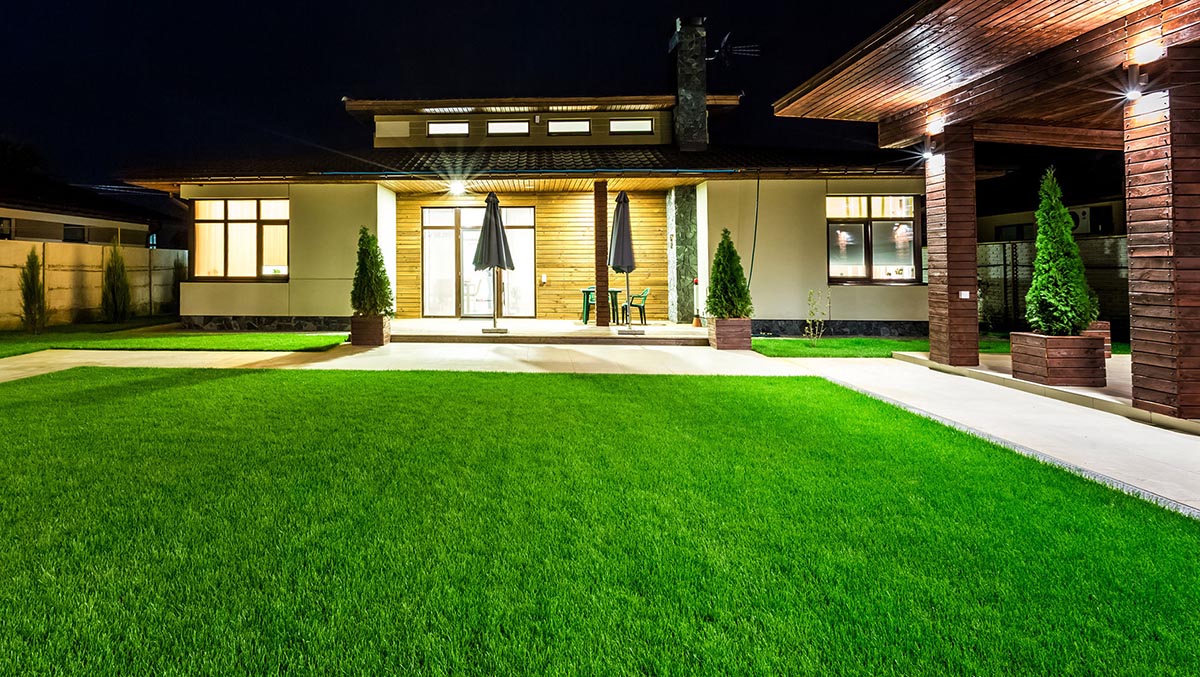


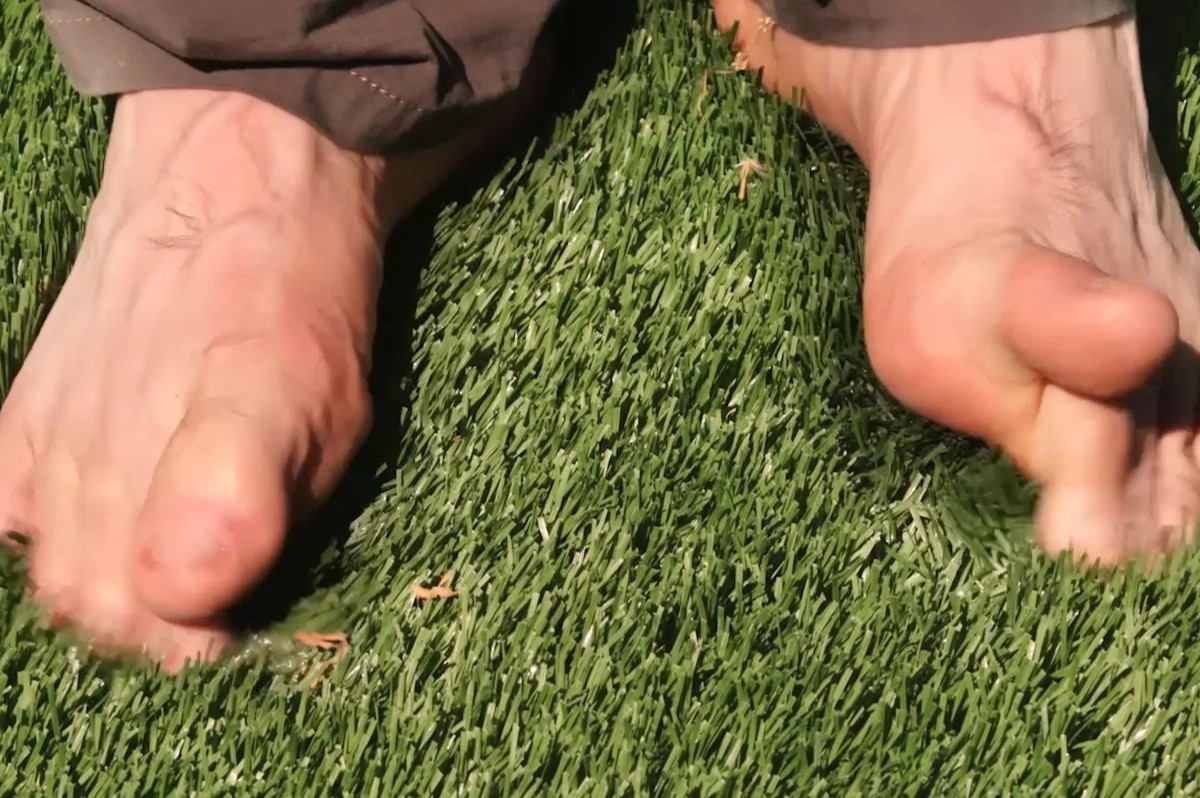

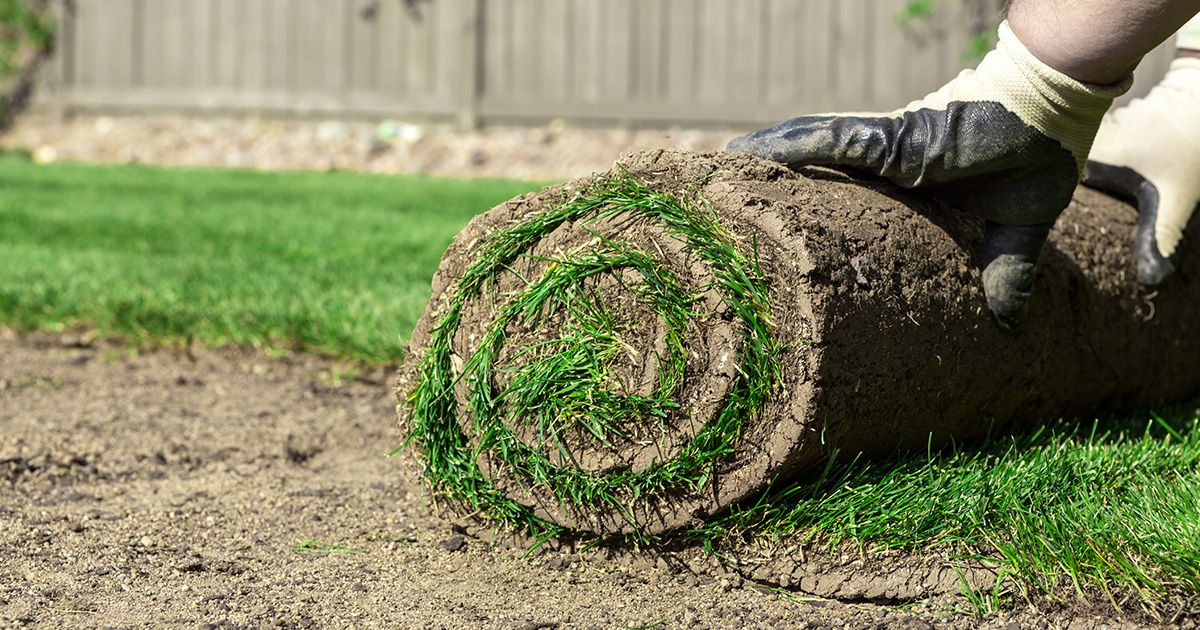
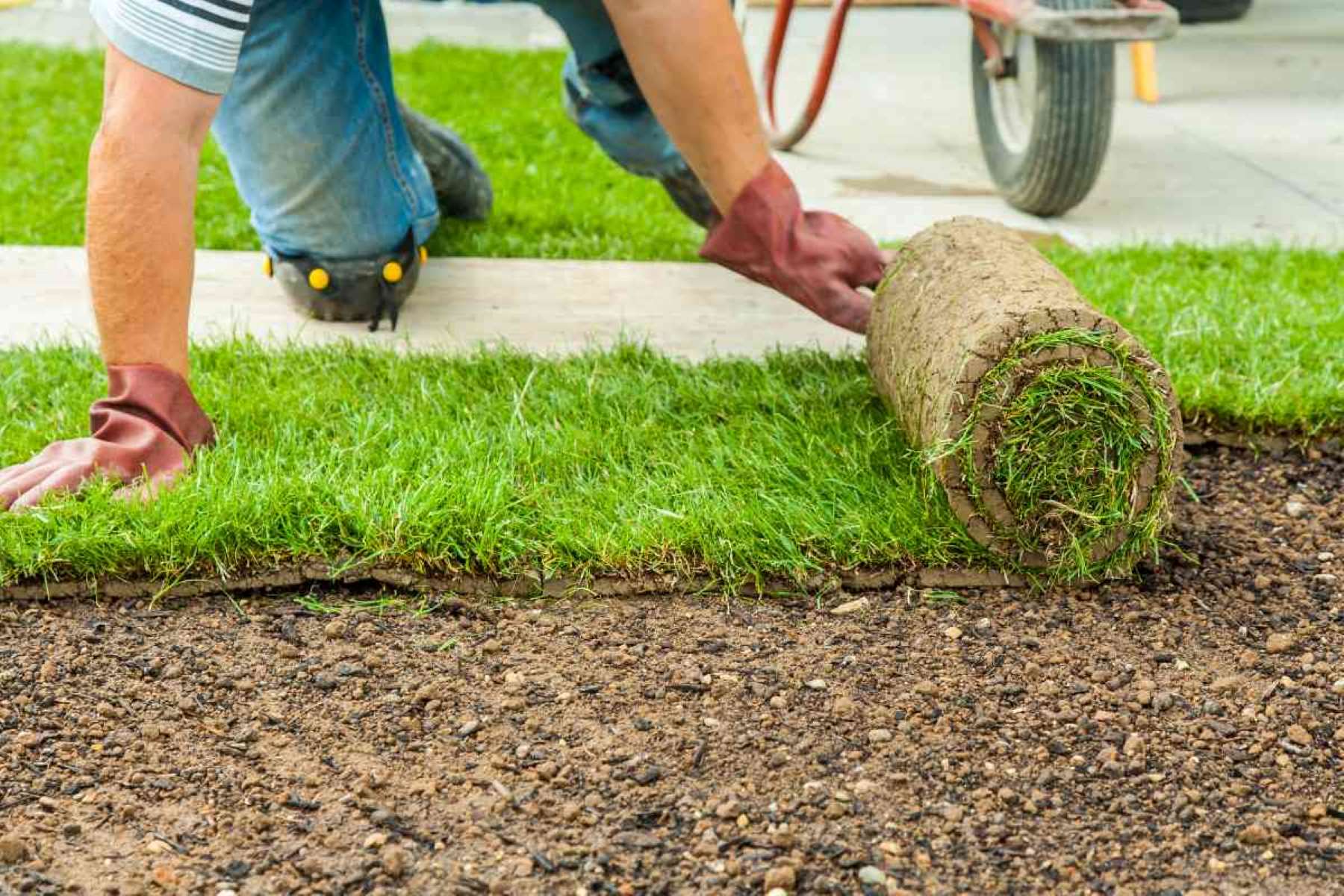
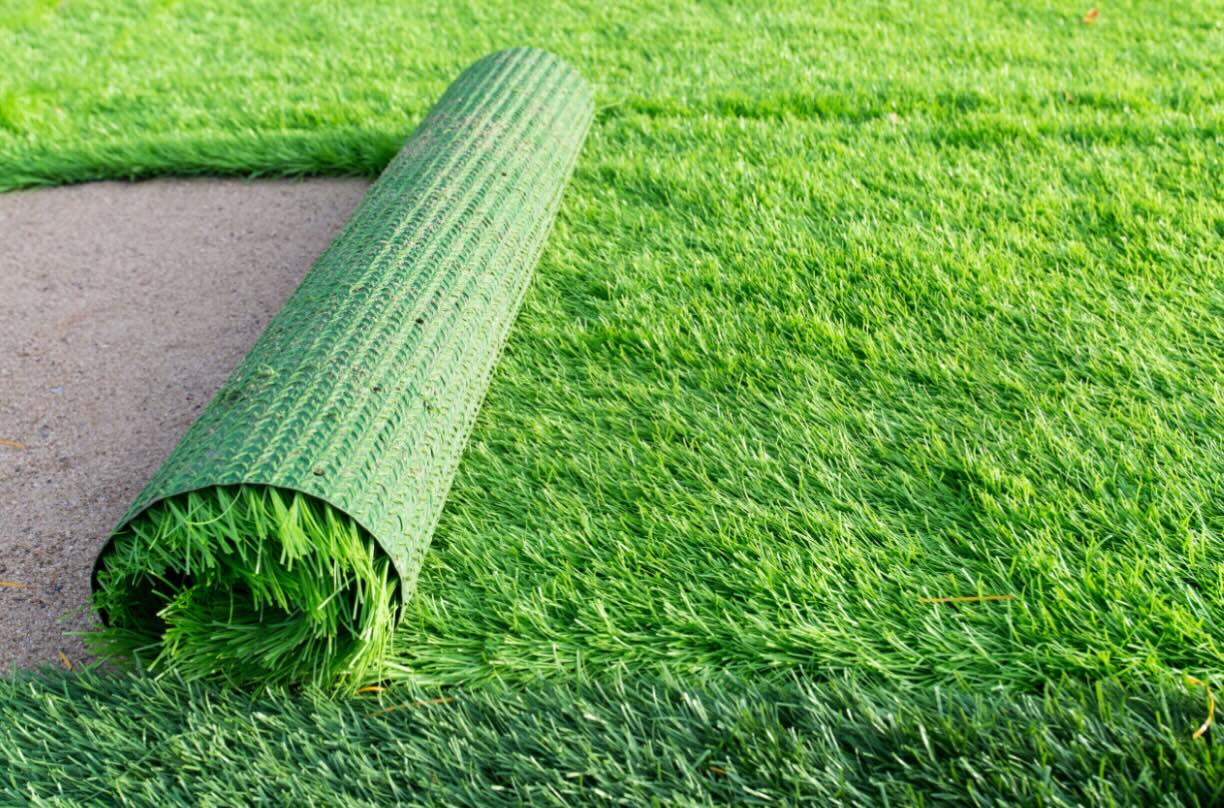
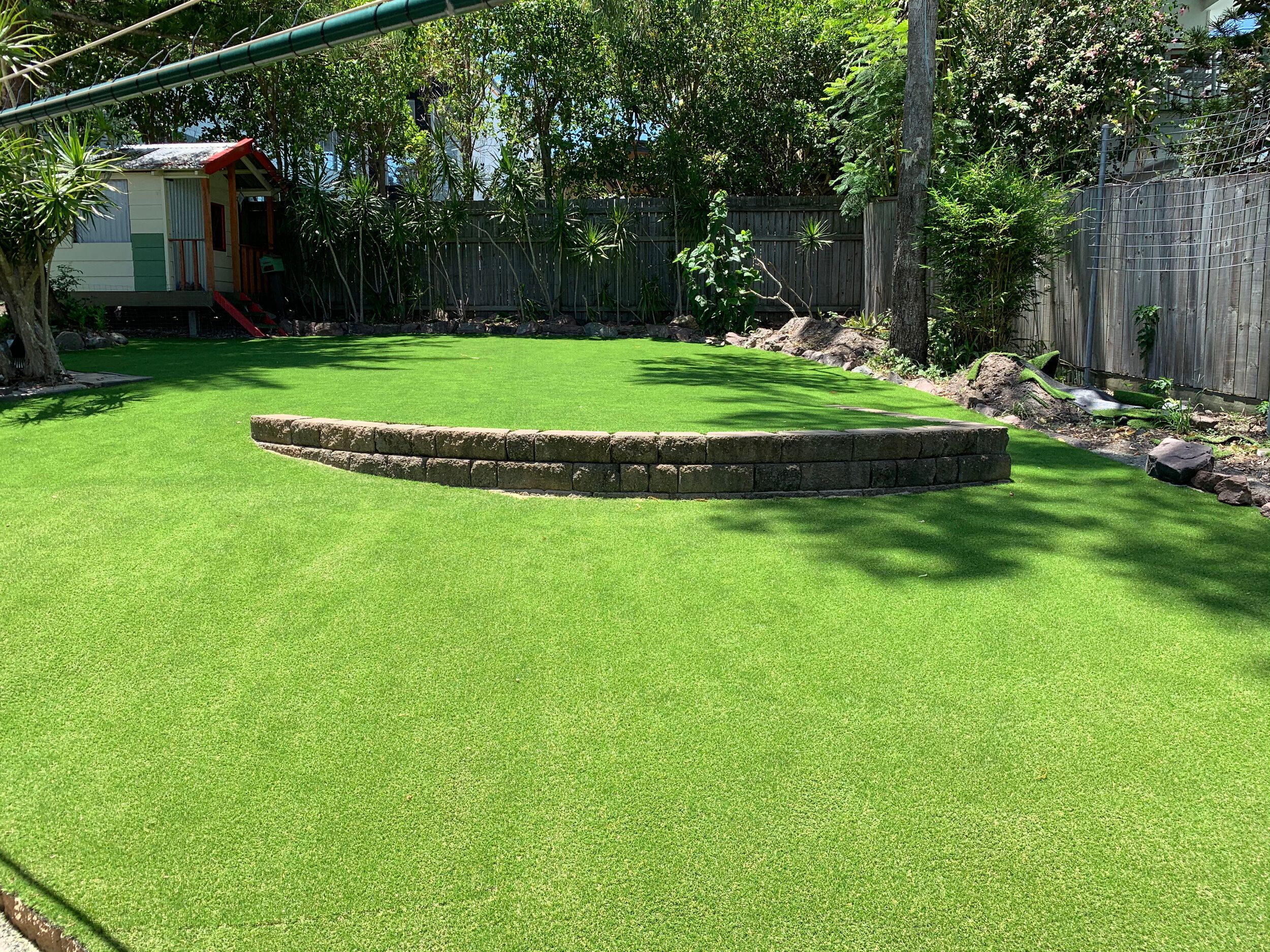
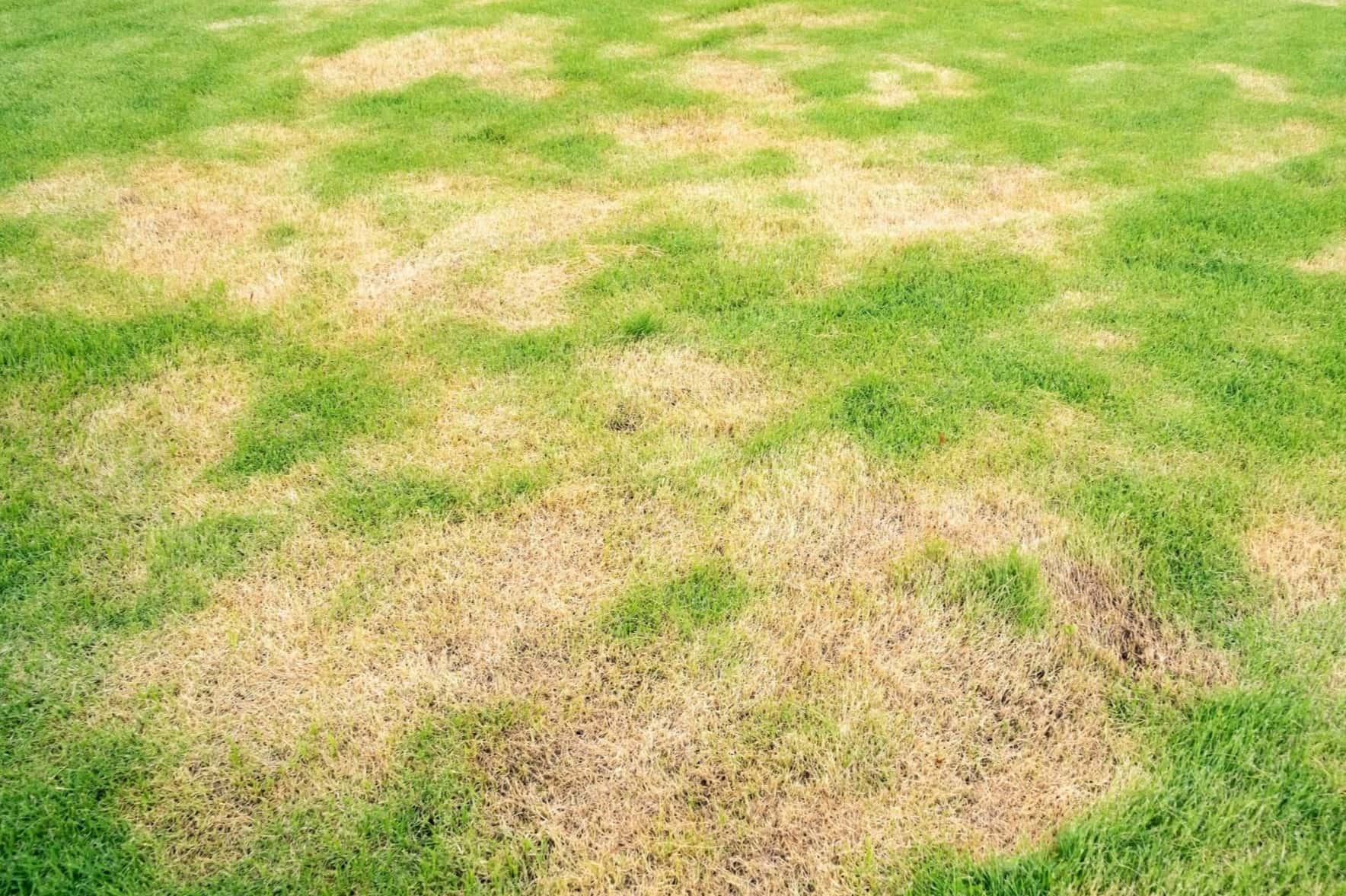
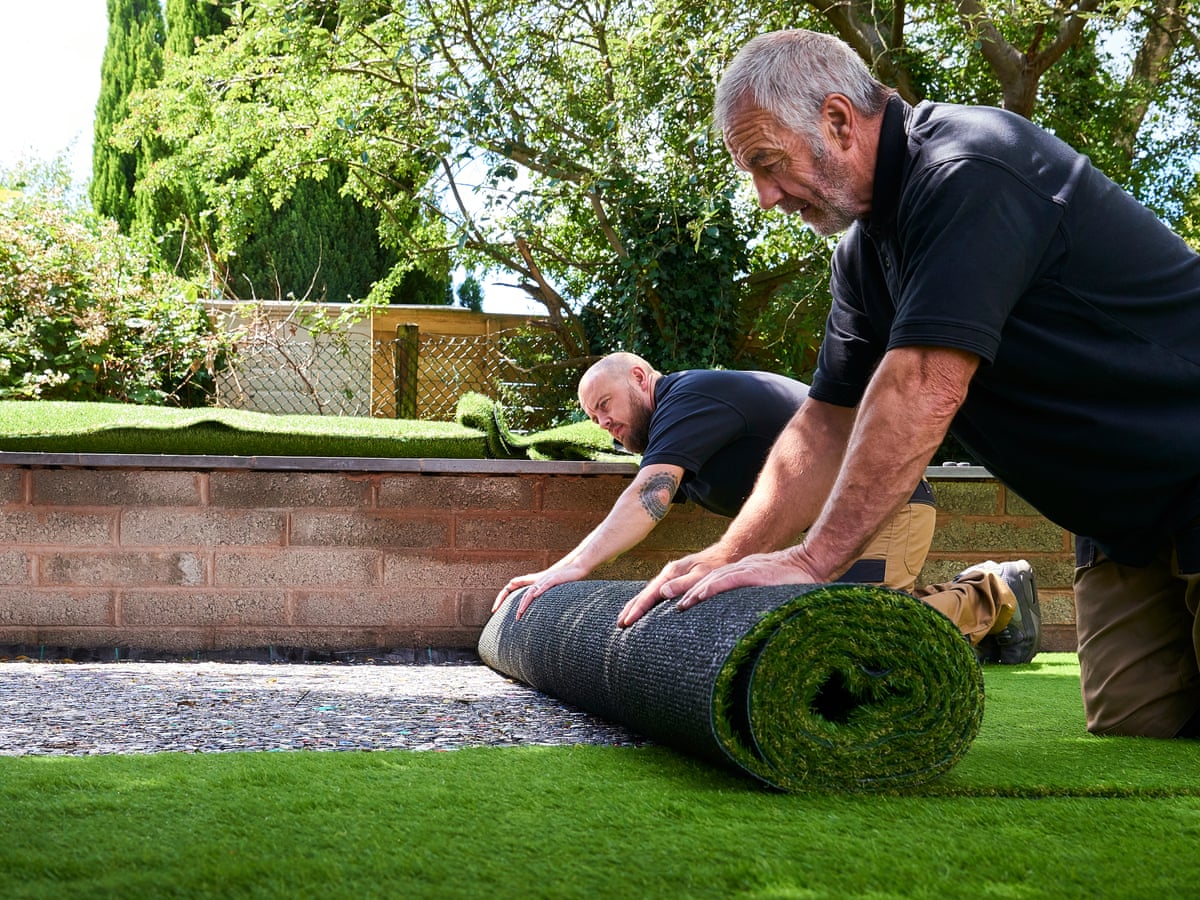
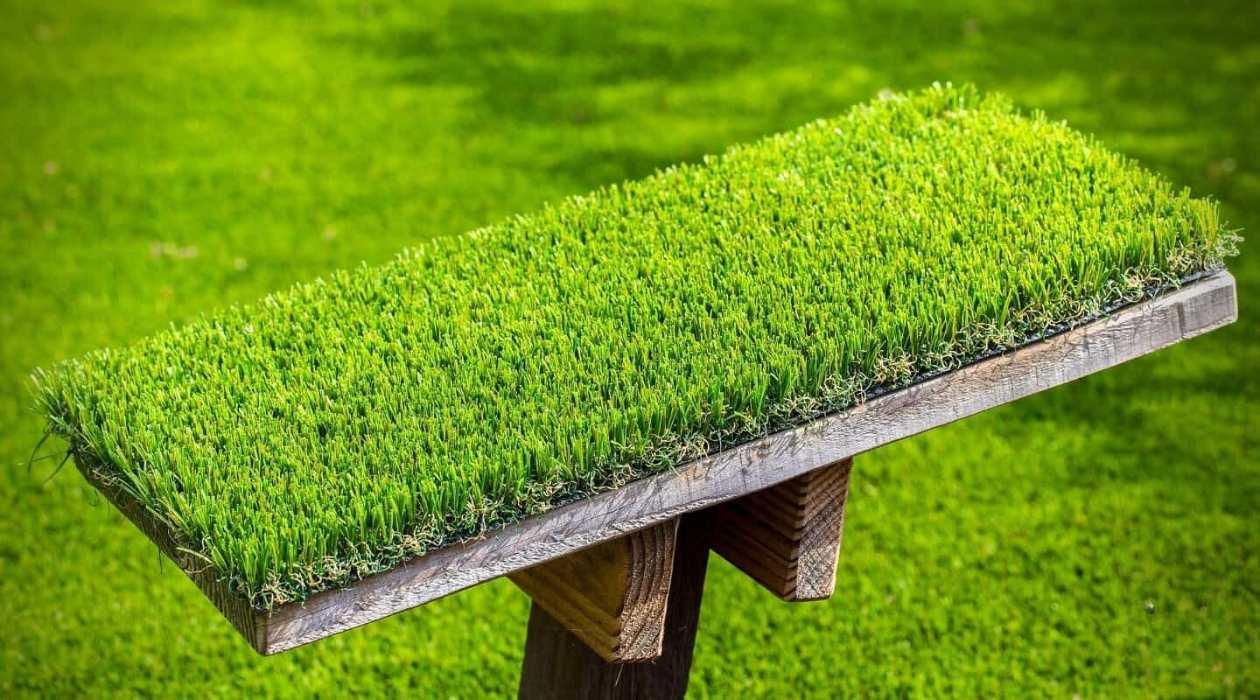
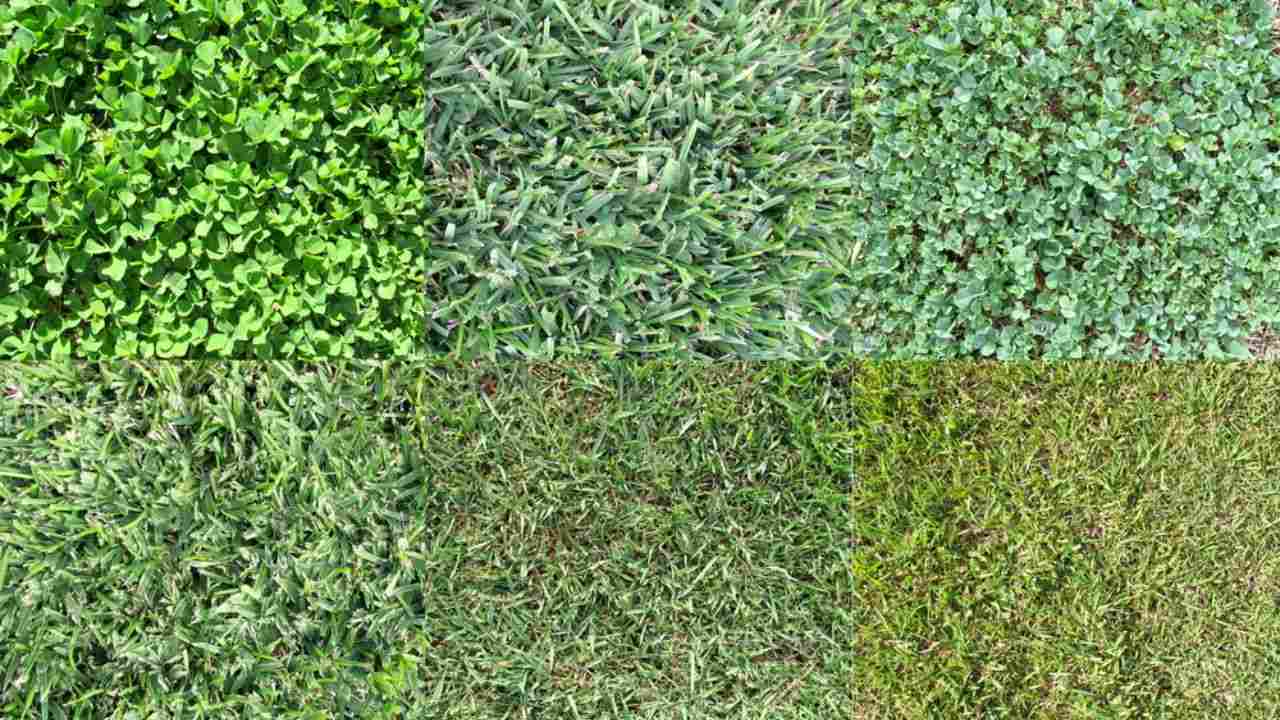
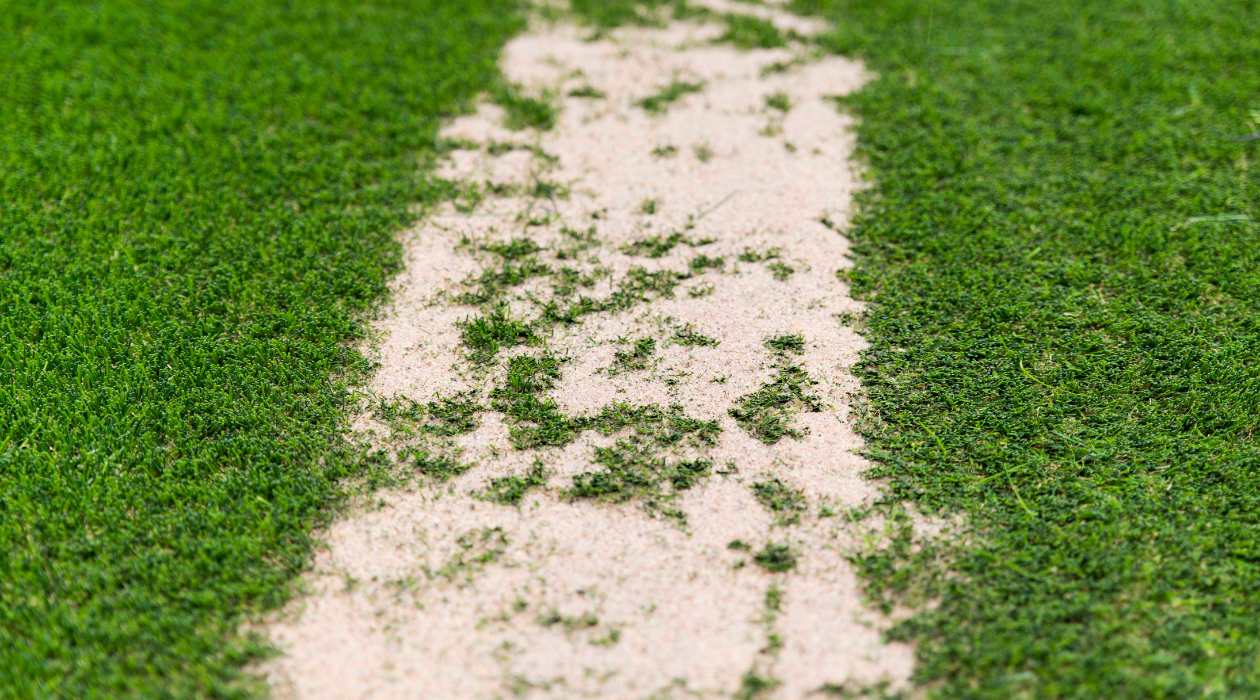

0 thoughts on “What Turf Grass Zone Does Idaho Live In”